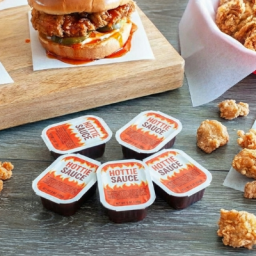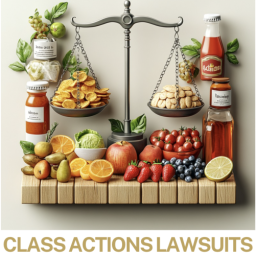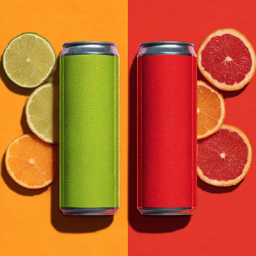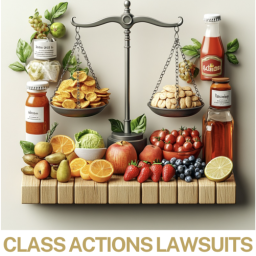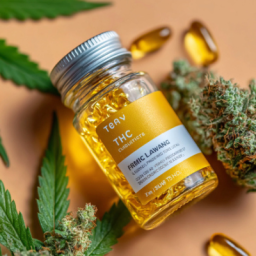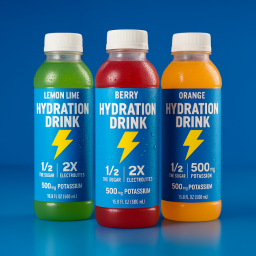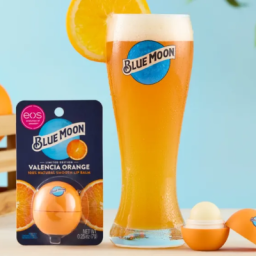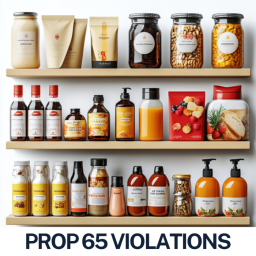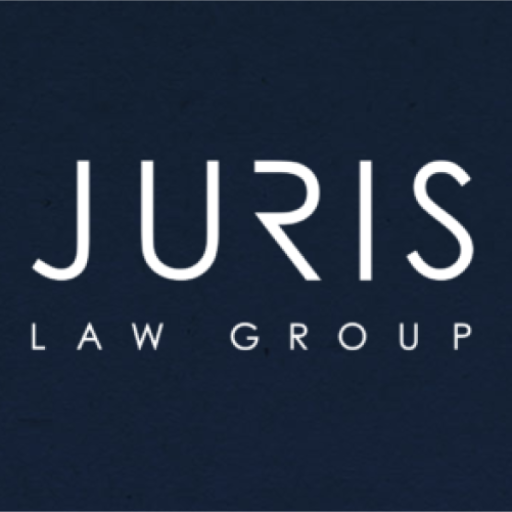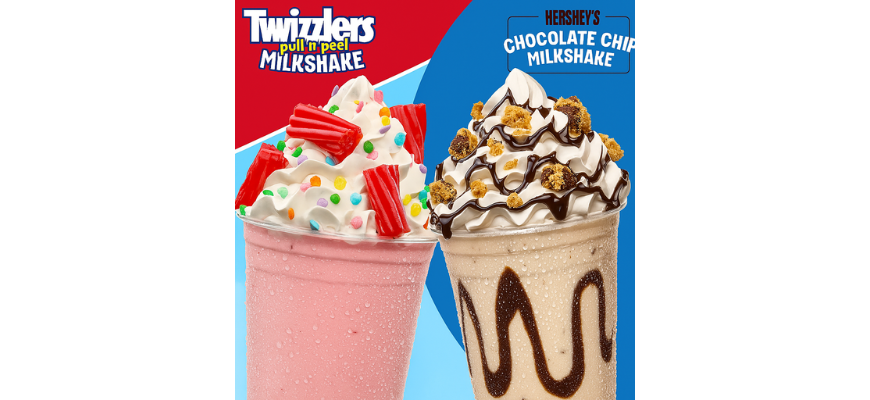
In June 2025, Hershey’s Chocolate World in Hershey, Pennsylvania unveiled a bold new venture: a fully immersive, Twizzlers-branded experience that includes everything from themed cocktails and bubble waffles to the tallest “Screamin’ Swing” ride in the world. Built in collaboration with Falcon’s Beyond, the activation marks a strategic shift from static brand engagement to dynamic, multisensory retailtainment. Visitors now experience Twizzlers not just as a snack but as a thrill ride, a beverage, a scent, and a destination—turning a beloved candy into an unforgettable attraction.
This move exemplifies how global CPG brands are transforming consumer experiences by embracing immersive partnerships and cross-category innovations. But behind the scenes of every bubble wand and milkshake are complex legal frameworks, brand protection strategies, and compliance considerations that make or break such activations. Below, we explore two key lessons for business owners and brand executives: how to choose the right collaboration model, and how to navigate the regulatory risks of extending your product into new categories.
Strategic Partnerships vs. Co-Branding: Choosing the Right Collaboration Model
What’s the difference between a strategic partnership and a co-branding deal?
A strategic partnership often involves shared goals but allows each brand to retain its distinct identity. In contrast, co-branding integrates two brands more closely, typically involving joint branding on a single product or service. In Hershey’s case, it opted for a licensing-style partnership with Falcon’s Beyond to develop the attractions under the Twizzlers brand while maintaining complete control over its IP, quality standards, and brand identity.
Why does this matter legally and financially?
The model you choose directly affects risk allocation, brand control, and long-term revenue. A co-branding deal often requires joint marketing approval, revenue sharing, and shared liability. A licensing arrangement—as appears to be the case with Hershey—allows one brand (the licensor) to permit another (the licensee) to use its IP under specific terms. This typically gives the licensor more control over brand use, product quality, and reputation.
Comparison Table: Legal Clauses by Collaboration Type
| Legal Clause | Strategic Partnership | Co-Branding Agreement | Trademark License Agreement |
|---|---|---|---|
| Brand Control | Shared or Separate | Joint | Licensor retains control |
| Approval Rights | Often mutual | Joint | Licensor has final say |
| IP Ownership | Remains separate | May be joint for co-brand | Licensor retains full IP |
| Liability Allocation | Negotiated | Often shared | Primarily on licensee |
| Revenue Sharing | Common | Always | Optional or flat fees |
| Termination Flexibility | Moderate | Moderate to Low | High (if well-drafted) |
Bottom Line: Choosing the wrong model can result in loss of brand equity, diluted trademarks, or unmanageable obligations. Work with counsel to identify the best approach based on your risk tolerance, business goals, and need for brand control.
Navigating Regulatory Hurdles in Cross-Category Brand Extensions
Why are Twizzlers cocktails and milkshakes a legal concern?
When a food brand extends into new product categories like alcoholic beverages or food service, it enters a completely different regulatory landscape. Twizzlers-themed cocktails, for example, raise alcohol labeling and advertising compliance issues under the U.S. Alcohol and Tobacco Tax and Trade Bureau (TTB), while themed milkshakes and waffles implicate FDA food labeling rules and possible allergen disclosures. In California and other states, Prop 65 also requires warnings for chemicals known to cause cancer or reproductive harm.
What should businesses consider before launching a cross-category product?
- Labeling Compliance: Ensure ingredient disclosures, serving sizes, allergen info, and nutritional content align with FDA or TTB guidelines.
- Permits and Licenses: Alcoholic products require TTB approval and state-level permits. Even non-alcoholic novelty drinks served at attractions may trigger local food service license requirements.
- Prop 65 Warnings: In California, many artificial colors or preservatives may require warnings. Failing to include one can result in private lawsuits.
- Supply Chain Agreements: If outsourcing food or beverage production, ensure third-party manufacturers maintain compliance and carry adequate insurance.
Risk Mitigation Strategies:
- Work with legal counsel to review product formulations against FDA and Prop 65 standards.
- Negotiate strong indemnity and insurance clauses with manufacturing or service partners.
- Create a recall protocol in case any extended products trigger safety complaints or legal scrutiny.
Bottom Line: Every new category has new rules. A brand activation can quickly turn into a liability without proactive compliance planning.
Frequently Asked Questions (FAQs)
Question 1: What is the difference between a licensing deal and a co-branding agreement?
A licensing deal gives one party permission to use another’s IP under specific conditions, typically with strict controls and fees. A co-branding agreement is more collaborative, often involving joint development, marketing, and shared risks and rewards.
Question 2: What are the biggest legal risks when launching a brand activation in a new category?
Major risks include mislabeling, failure to comply with FDA or TTB regulations, Prop 65 violations, and consumer safety issues that could lead to recalls or lawsuits.
Question 3: How can I protect my brand when entering into a strategic partnership?
Retain control of your IP, use clearly drafted agreements with detailed approval rights and termination clauses, and monitor the partner’s compliance with brand standards.
Question 4: Is Prop 65 only relevant in California?
Yes, Prop 65 is a California-specific law, but because California is a large market, many companies apply Prop 65 standards nationwide to avoid regional packaging or legal risk.
Question 5: Do I need different insurance if I’m serving food or alcohol under my brand?
Yes. You may need additional product liability or liquor liability coverage. Your agreements with partners should require adequate insurance and indemnification.
Conclusion
Hershey’s Twizzlers activation offers a compelling example of how brands can innovate through immersive experiences, but it also underscores the critical need for legal strategy behind the scenes. From selecting the right collaboration model to addressing FDA, TTB, and Prop 65 compliance, these expansions are as much legal exercises as they are creative ones.
At Juris Law Group, P.C. we help companies navigate the intersection of branding, licensing, and regulatory law with precision. If you’re considering a brand extension or partnership, contact us to ensure your legal framework supports your creative vision. We’re here to protect your brand as it grows.

